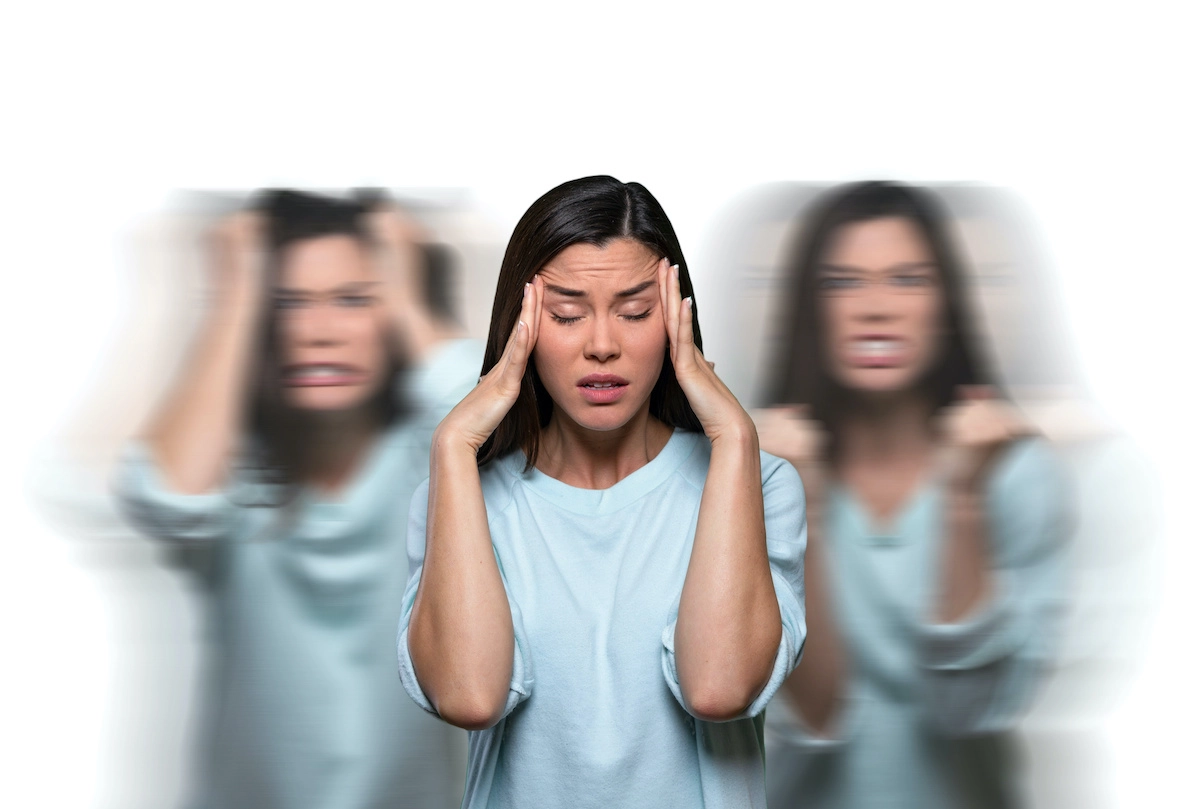
Everyone has their good days and bad days. For many people, not letting their emotions get too high when the going is good or not too low when the going gets tough is a successful approach to managing the ups and downs of everyday life. However, for many people, such an approach is nearly impossible.
According to the National Institute for Mental Health (NIMH), nearly three percent of the American population (or roughly 5.7 million people) suffer from bipolar disorder. Known to many as manic-depressive disorder, bipolar disorder is a brain disorder that results in unusual shifts in a person’s mood, energy, and capacity to function. Unlike the typical highs and lows many people feel, the symptoms of bipolar disorder can be so severe they can eventually lead to suicide.
As drastic as that sounds, it’s important to note bipolar disorder can be treated, and many who seek and receive treatment live full and meaningful lives. It’s also important to note that anyone suffering from the condition is not alone.
However, as many with bipolar disorder can likely attest, diagnosis is no slam dunk, and many people suffer quietly for quite some time before finally being diagnosed and getting treatment. Once the diagnosis does occur, treatment is a lifelong commitment, as bipolar disorder needs to always be managed.
Part of what makes diagnosis so difficult is there are typically long periods of normal moods, wherein a person’s behavior and emotions are no different from someone not suffering from bipolar disorder. However, the most telling sign a problem could be there is what are referred to as episodes. These can be episodes of mania (extreme highs) or depression (extreme feelings of sadness or hopelessness).
A typical manic episode can feature any of the following symptoms:
• Increased energy or activity
• Feelings of restlessness
• Extreme irritability, where even the slightest thing can cause drastic irritation to the person going through the manic episode
• Excessive feelings of euphoria
• Inability to concentrate
• Lack of a need for sleep
• Poor judgement
• Feelings of invincibility
• Increased sex drive
• Denial of any problem
Oftentimes, people around someone suffering a manic episode can tell a distinct difference in that person. Many of the symptoms can be abrasive and are often not in tune with the person’s normal character or behavior. Diagnosis as a manic episode typically occurs when the elevated mood is accompanied by at least three of the mentioned symptoms each day for a week.
On the opposite end of the spectrum, a depressive episode is often as extreme as a manic episode. Friends and coworkers might not recognize it as readily since the symptoms are not abrasive, but often result in a person internalizing their heightened feelings of sadness and grief. Still, certain symptoms should raise eyebrows:
• Lasting feelings of sadness, anxiety, or emptiness
• Feelings of hopelessness
• Pessimistic outlook on life
• Loss of interest in previously enjoyed activities, including sex
• Feelings of fatigue and overall lack of energy
• Excessive sleeping or an inability to sleep at all
• Difficulty concentrating as well as a difficulty remembering and making decisions
• Chronic pain not caused by physical injuries
• Unintended and noticeable weight loss or gain
• Feelings of death or suicide
• Threats of suicide
While the precise cause of bipolar disorder is not known, it has been demonstrated that bipolar disorder tends to run in families. In addition, a person’s living situation could bring on bipolar disorder.
Individual manic episodes could also be brought on by medication. For example, antidepressants can trigger a manic episode, making it extremely important for someone who suffers extreme highs as well as lows be completely honest with their doctor. Simply telling a doctor of a depressive episode and ignoring a possible manic episode is walking a dangerously thin line, as a likely prescription for antidepressants will most assuredly trigger a manic episode.
For more information on bipolar disorder, visit the NIMH Web site at www.nimh.org.
Suicide and Crisis Lifeline
We can all help prevent suicide.
The 988 Lifeline provides 24/7, free and confidential support for people in distress
Languages: English, Spanish.
DIAL 988












